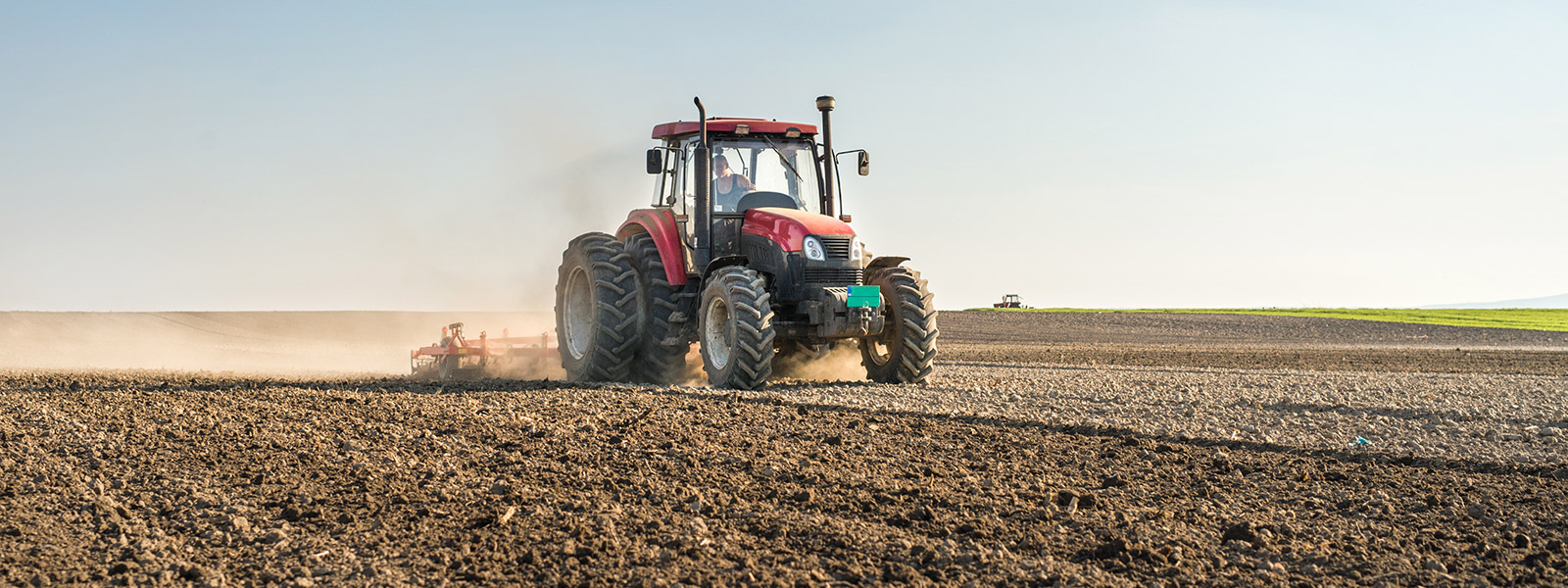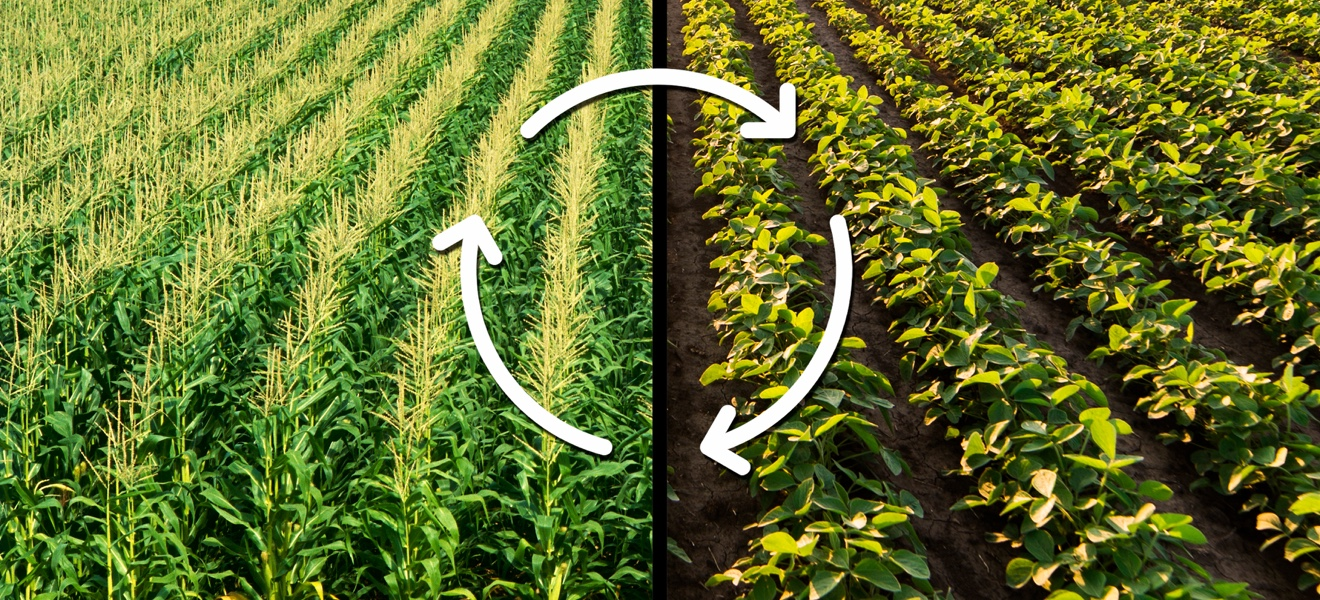Water Harvesting Techniques for Sustainable Agriculture

Water Harvesting Techniques for Sustainable Agriculture Welcome to our blog post on water harvesting techniques for sustainable agriculture! Water is a precious resource, and it plays a crucial role in ensuring the success of agricultural practices. With the increasing global population and changing climate patterns, it has become more important than ever to find innovative solutions for water conservation in farming. In this article, we will explore different types of water harvesting techniques that can help farmers maximize their yield while minimizing their environmental impact. So let's dive in and discover how these techniques can pave the way towards a greener and more sustainable future for agriculture! The Importance of Water Harvesting in Agriculture Water harvesting is a game-changer for agriculture, offering a lifeline in regions where water scarcity is a persistent challenge. By capturing and utilizing rainwater, greywater, and runoff, farmers can mitigate the impac...






